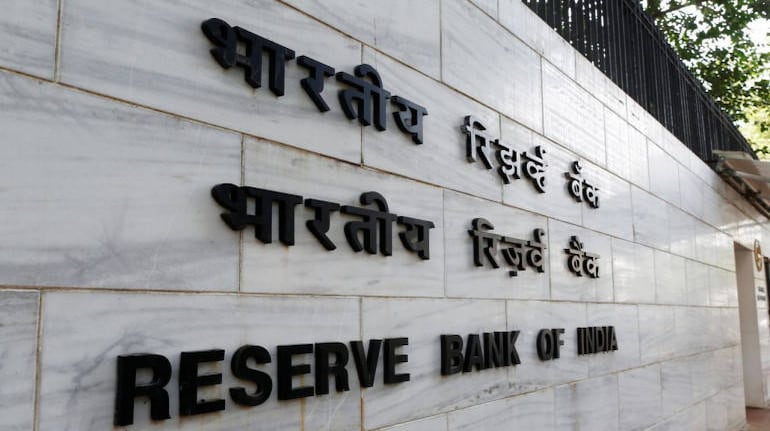
The Finance Ministry may not take up the option of direct monetisation of the Centre's deficit by the Reserve Bank of India for now. However, that option has not been completely ruled out and may still be considered before the January-March FY21 quarter, two government officials told Moneycontrol.
On September 30, the RBI is expected to announce the borrowing calendar for October-March. Out of the expanded borrowing target of Rs 12 lakh crore, the Centre has already borrowed around Rs 7.4 lakh crore through issuance of G-secs. For now, the second half borrowing quantum could be on expected lines, a little over 4.5 lakh crore, said one of the officials.
"For now, the borrowing requirements are not higher than Rs 12 trillion. However, a call on additional borrowing may be taken closer to the last quarter," the person said.
The factors which policymakers in the central government will consider could include the need for another round of fiscal stimulus, revenue position by the end of the October-December quarter, and the state of the economy, as the July-September gross domestic product data will also be released by then.
"It helps that the Centre does not have to take the burden of additional borrowing due to GST compensation shortfall. However, any extra borrowing on the Centre's part over Rs 12 lakh crore could result in direct monetisation," the second official said.
Monetising the deficit is when the RBI directly purchases G-secs from the primary market to help the Centre’s expenditure. In turn, the RBI prints more money to finance this debt. Monetising the deficit was in practice till 1997, when it was discontinued by then RBI governor C Rangarajan.
In late July, Economic Affairs Secretary Tarun Bajaj had said at an event that there have been no discussions with the RBI on deficit monetisation.
The Modi government is giving shape to a second set of announcements to boost economic activity even as COVID-19 cases continue rising sharply in India, and some regional governments are still announcing lockdowns.
These measures could include an urban jobs programme on the lines of NREGA, a massive infrastructure push with focus on around 50 projects, and continuing with expanded direct cash transfer and foodgrain schemes.
What also makes the government's fiscal situation relatively comfortable is that the RBI has ramped up purchase of G-secs in the secondary market through open-market operations.
RBI data shows that for the period of April 1 to September 13, 2020, the central bank purchased a staggering Rs 1.76 lakh crore worth of G-secs on the secondary market. This is more than three times the Rs 52,550 crore of G-secs that it bought in the same period last year.
In May, the Centre had hiked its borrowing target for the year to Rs 12 lakh crore from Rs 7.8 lakh crore. States were also given permission to borrow more in order to meet expenditure commitments, even as tax and non-tax revenues dwindle amidst the steepest economic contraction in independent India's history.
Given the glut of Centre and state paper in the bond markets, it is expected that any further additional borrowing by the former will require direct monetisation by the RBI.
Discover the latest Business News, Sensex, and Nifty updates. Obtain Personal Finance insights, tax queries, and expert opinions on Moneycontrol or download the Moneycontrol App to stay updated!
Find the best of Al News in one place, specially curated for you every weekend.
Stay on top of the latest tech trends and biggest startup news.